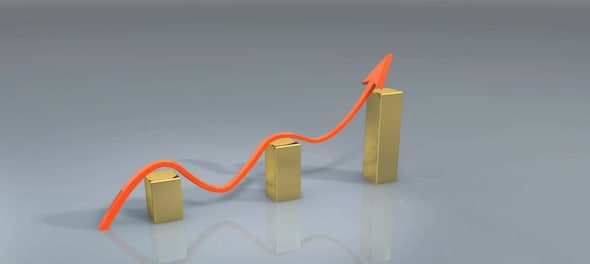
It’s India’s turn for a popular global bond-market recession signal to flash red, but investors should avoid jumping to quick conclusions about the outlook for the domestic economy, according to Bloomberg.

Local supply and demand characteristics of the $1 trillion Indian government bond market have helped send a closely-watched section of its yield curve barreling toward an inversion, just as much as any shift in sentiment toward the economy. The spread between 10- and 2-year bonds is close to dipping below zero for the first time since 2017.
A yield-curve inversion is often seen as a harbinger of a recession, as it can reflect an investor shift toward longer-term bonds due to pessimism over economic growth. A gauge measuring the worldwide yield curve inverted for the first time in at least two decades last November on global recession fears, while the US curve is at its most extreme in over 40 years.
But in India’s case stronger-than-expected demand for longer-tenor debt has also come from insurers and pension funds investing due to the increased financial sophistication of a rapidly growing economy. Also, it’s been fueled by a derivative trade between banks and insurance companies.
“What is unique to India is it’s a market that is still developing,” said Prasanna Ananthasubramanian, chief economist at ICICI Securities Primary Dealership Ltd. “It has a segmented yield curve along with demand-supply imbalance.”
Short-Dated Pressure
At the shorter end of India’s curve, the government increased March’s borrowing target for T-bills maturing in less than a year by 500 billion rupees ($6.1 billion). Bond sales for the fiscal year ending in March are already done, but T-bill auctions will continue through the month at higher amounts than usual, adding upward pressure to short-term yields.
A gauge of the rate on short-term debt derived from T-bill auctions has surged to the highest in over four years.
Adding to the supply pressures, liquidity conditions are as tight as they have been since before the pandemic due to the central bank’s rate increases. And expectations have grown that policymakers will hike rates at least once or twice more following a more hawkish tilt globally and a shock January inflation print, according to Bloomberg.
“The flattening out of the yield curve toward the top of the rate cycle is to be expected, especially when it is accompanied with a drying up of system liquidity after a very long time,” said Suyash Choudhary, head of fixed income at IDFC Asset Management. “Unlike in developed markets, one shouldn’t draw too many macro implications from this.”
Economic Challenges
Of course, India’s economy does face challenges that are also reflected in bond-market pricing. Data this month showed growth came in below expectations in the quarter through December as a gloomy global outlook and rising borrowing costs hurt manufacturing and consumption.
But with favorable demographics, a policy push to attract manufacturers looking for options outside China and a reprieve from high oil prices, few consider India at risk of a recession.
The Reserve Bank of India may not want investors to take the wrong cue from a potential curve inversion, which could explain why a recent auction was rescued by underwriters, surprising the market at a time when demand was sufficient, according to ICICI’s Ananthasubramanian. And while India’s borrowing target was below estimates for the coming fiscal year, it was still higher than the current one.
“The market will continue fearing that RBI can hike more, so the short end won’t find many takers and a flat curve can persist for months,” he said. “But I would rule out inversion on a long-term basis given supply is so heavily weighted toward duration.”
First Published: Mar 8, 2023 12:54 PM IST
Check out our in-depth Market Coverage, Business News & get real-time Stock Market Updates on CNBC-TV18. Also, Watch our channels CNBC-TV18, CNBC Awaaz and CNBC Bajar Live on-the-go!


'Borrowed' leaders: Congress hits out at AAP for not fielding their own candidates in Punjab
Apr 28, 2024 9:53 PM
EC asks AAP to modify election campaign song and Kejriwal's party is miffed
Apr 28, 2024 9:25 PM

